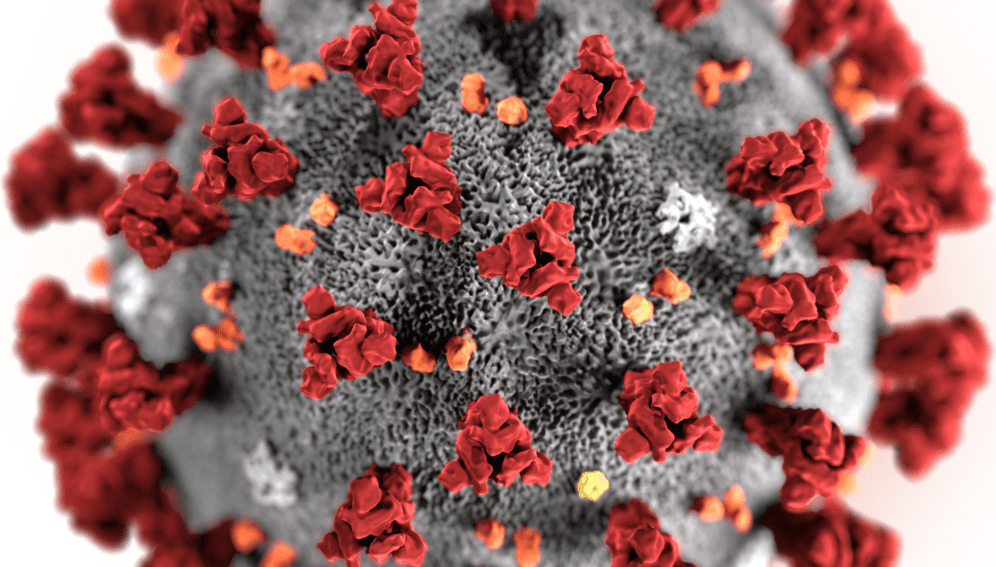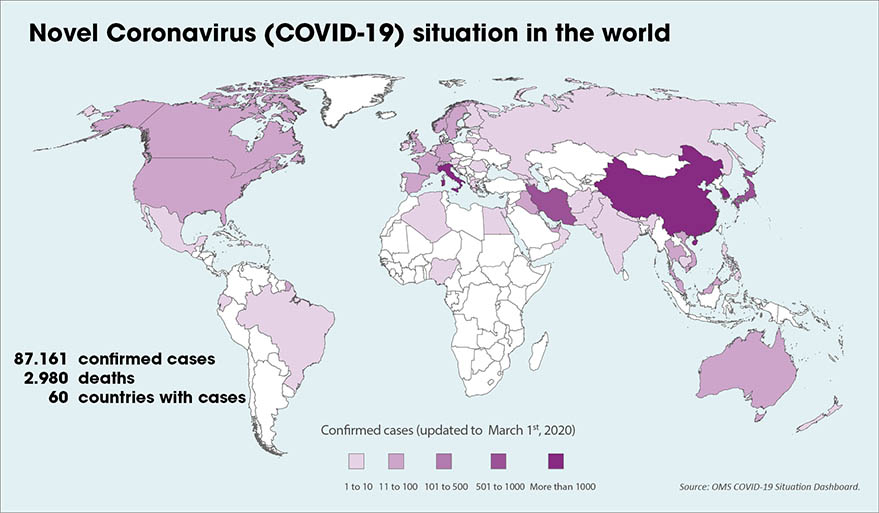04/03/20
Coronavirus mutations ‘no cause for alarm’

By: Fiona Broom and Luisa Massarani
Send to a friend
The details you provide on this page will not be used to send unsolicited email, and will not be sold to a 3rd party. See privacy policy.
“We look for the parts of the virus that are most sustained.”
David Heymann, London School of Hygiene and Tropical Medicine
Despite the mutations, a vaccine would likely be effective for multiple strains of COVID-19, Heymann says.
Scientists are still learning about the virus, but it is evolving in a way that the strains can be traced back to the initial patient in China’s Hubei province, he says.
"Continued monitoring of new suspected cases will be critical to monitor new virus importations in Brazil and also to identify initial clusters of local transmission in the country,” the researchers said.
Vasconcelos says that in addition to helping scientists understand how the virus is spreading throughout the world, genome sequencing is vital for the development of diagnostic tests and vaccines.
The Brazil-UK Centre for Arbovirus Discovery, Diagnosis, Genomics and Epidemiology is funded by FAPESP, a donor to SciDev.Net, Medical Research Council and the Newton Fund.
This piece was produced by SciDev.Net’s Latin America & Caribbean desk.














